Horrific water crisis grip Delhi, water mafia makes hay
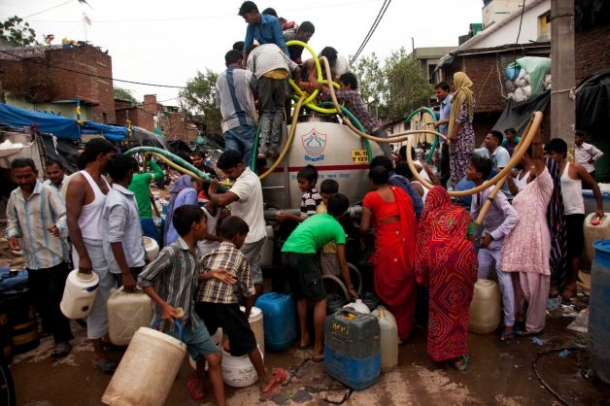
While environmental researchers and activists predict battles between nations for water, the scene is already set in India. With cans and buckets in hands, people lined up, waiting for water tankers to arrive. Those water tankers are made available not by the Govt., but are mostly from the courtesy of water mafia. Even when tankers do arrive, those who can’t battle to fill their utensils get no water.
Water mafia extracts huge amount of money for even a bucket, but people are helpless and they do pay whatever the mafia demands. Such a irony that man is forced to buy water.
India is an amazing country, it’s not short of resources, but the prevailing corruption has reduced common man to a wretched. While some parts of the world suffer from natural water shortage, India’s capital Delhi has fallen to the inefficient and corrupt political melodrama, which is complimented by wastage of water, leakage
An article appeared on Associate Press titled, “Water shortages lead to ‘tanker mafia’ in India.” Water shortage has reached such a level that mafias have come up to make hay while city’s dysfunctional water supply system supports their opportunity.
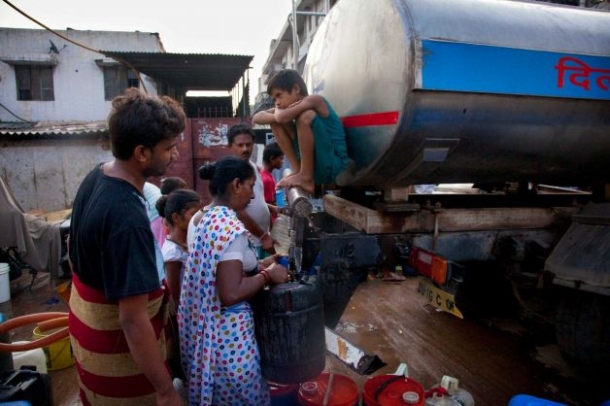
Millions of home-taps are dry. Everyday, approximately 2,000 illegal tankers roams New Delhi roads and are making roaring income, which adds to nations black-market. The inequalities are vertiginous. It’s not just one section of people who suffer from water shortage. Even the wealthiest in the society get access to only a little water supply.
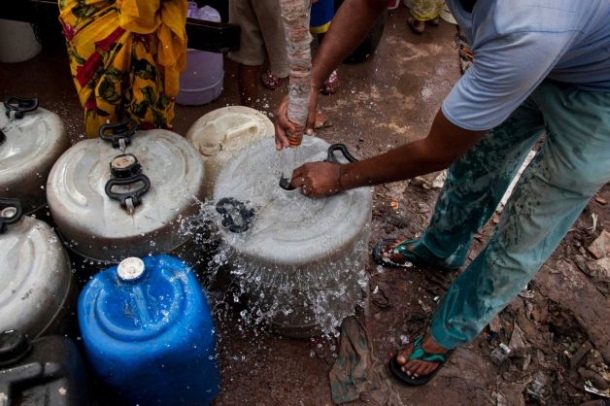
The stats say, city is approximately 160 million gallons short of water supply. While a major credit goes to the Govt.’s incapability to build a functional, leak-proof water systems, the wastage of water is another reason Delhi is crying for adequate water supply. Then comes the population growth ratio. In 1999, Delhi’s population was 9 million, and today it’s above 17 million. Thanks to poor execution of family planning campaigns.
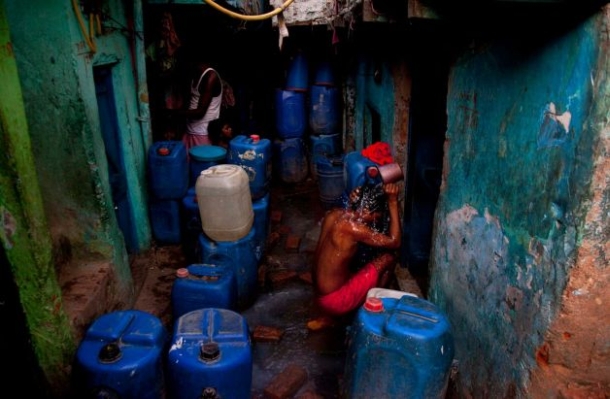
In slums the issue is more grief. A family, living in a single small tin box, try to store as much as water as it can everytime a tanker arrives. According to Associate Press, “In a slum in Vasant Kunj, a young woman, Fatima, keeps her entire week’s supply in five 50-liter (13-gallon) plastic containers lined up next to her bed. They take up a third of the 3.5-meter (12-foot) metal box where she, her husband and child live.”
The Government, as usual, downplays the issue. “I wouldn’t call it a crisis,” says Vijay Kumar, the agency’s chief. “If you look at Delhi overall, certain pockets are water-scarce — not all.”
Well, he may be right, but when we count the number of population in these sections, then we find that more than 3.5 million people aren’t lucky enough to fall officially in the claimed pockets.
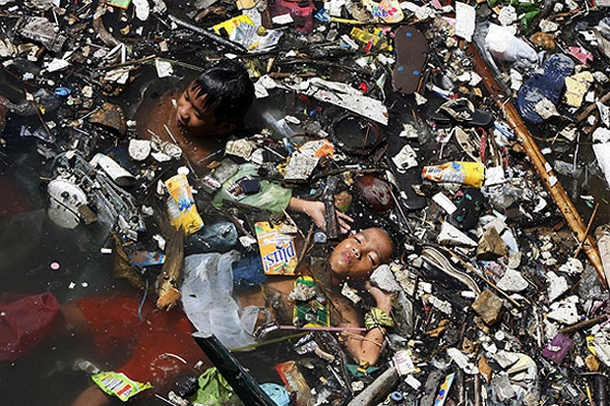
Nearby river-water is too polluted to use, and the underground water is mostly salty. The Govt. has again failed to provide functional water distillation facilities. The neighboring states have plenty of river water, but again, the Govt. failed to plan canal connections to the city, renovation of the existing canals, or any other mean by which extra water could be re-routed to the region.
According to the critics and the World Bank, New Delhi should have more water available per capita than Paris.
Source: Article on Associated Press By PATRICK REEVELL / SFGate